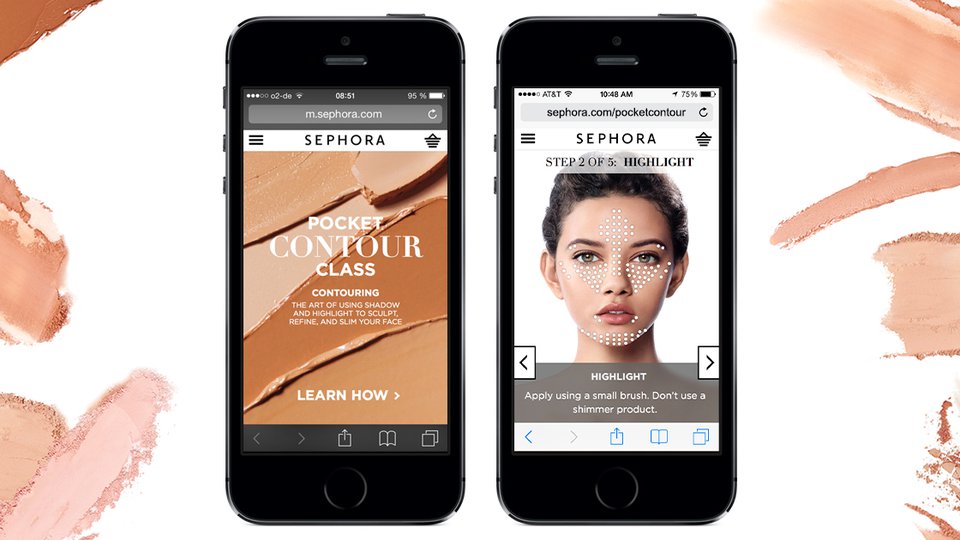When it comes to convenience, online shopping beats bricks and mortar hands down. But it’s a different matter when it comes to personalisation.
Losing the Personalised Touch: Why In-Store Luxury Experiences Need to Translate Online

Over the last decade, collaborations between luxury brands and contemporary artists have gone beyond mere artistic partnerships towards a new kind of luxury branding.
PARIS – Art and fashion have always developed side by side, for fashion, like art, often gives visual expression to the cultural zeitgeist. During the 1920s, Salvador Dalí created dresses for Coco Chanel and Elsa Schiapparelli. In the 1930s, Ferragamo’s shoes commissioned designs for advertisements from Futurist painter Lucio Venna, while Gianni Versace commissioned works from artists such as Alighiero Boetti and Roy Lichtenstein for the launch of his collections. Yves Saint Laurent’s vast art collection, recently auctioned at Christie’s in Paris, testified to his great love of art and revealed the influence of a variety of artists on his own designs.
In the 1980s, relationships between luxury brands and artists were advanced when Alain Dominique Perrin created the Fondation Cartier. In the Fondation Cartier pour l’Art Contemporain, a book marking the foundation’s 20th anniversary, Perrin says he makes “a connection between all the different sorts of arts, and luxury goods are a kind of art. Luxury goods are handicrafts of art, applied art.”
The Fondation Cartier pour l’Art Contemparain building in Paris
When it comes to convenience, online shopping beats bricks and mortar hands down. But it’s a different matter when it comes to personalisation.
Offering a personal service is the cornerstone of a luxury experience. In-store, you can expect glossy changing rooms and a glass of champagne while a knowledgeable salesperson guides you through every step of your visit. So online, you’d expect the same treatment.
But that’s where brands are falling short. They’re failing to translate these tailor-made experiences to online – often being shouldered into the same playing field as other high-street retailers. And it’s quite clear to see where they’re going wrong.
According to Salesfloor’s 2016 Omnichannel study, 58% of consumers feel that online shopping lacks personalised attention. And with 87% of purchases influenced by interactions with a salesperson, replicating this experience online will ultimately impact sales.
"For luxury brands looking to flourish, online sales are set to triple in the next decade"
For luxury brands looking to flourish, consider this – online sales are set to triple in the next decade (McKinsey & Co). By 2025, the online share of total luxury sales is predicted to be 18%, and a whopping £70 billion annually. As a result, a personalised digital presence will not simply be a consideration, but an absolute requirement. High-end brands that turn a blind eye to this will only risk reducing their slice of the profit pie.
It’s no secret that the in-store experience is only part of the story when it comes to personalisation. Forward thinking brands like Burberry use clever personalisation to translate the experience of quality across channels – allowing consumers to customise products and even monograms online – in order to replicate the in-store experience. Not only are Burberry embracing ecommerce, they’re also using the knowledge and insights gained digitally to engage and relate to their customers.
In a world where everything is increasingly experienced through screens, consumers can feel isolated and crave a human touch. It is key for luxury brands to fill this void by blending digital and physical worlds, rather than looking at them in isolation. In doing this, brands can cut through the noise of marketing, build consumer engagement and ultimately drive significant uplift.
"Beauty retailer Sephora is innovating in this space by rolling out an artificial-intelligence-based app"
Beauty retailer Sephora is innovating in this space by rolling out an artificial-intelligence-based app, which is attempting to recreate the in-store experience online. The application uses facial recognition which allows consumers to simply upload a photo in Facebook Messenger while in conversation with the Sephora Visual Artist. It then seamlessly recommends the most compatible shade and products from Sephora’s collection. Meanwhile, British haircare brand John Frieda is focusing on personalisation by using an Instagram algorithm that analyses a user's’ hair colour and social media expressions to generate customised video stories.
In a similar vein, department store Saks’ latest endeavour is an initiative that brings the in-store experience directly to its online shoppers. Through the new online programme, consumers can connect with Saks Associates around the clock, every day of the week, to reap the benefits of its personalised services.
It’s clear that a human element online will be a key differentiator amongst luxury brands as we head into 2017. Whilst the challenges of blending multi-channel are no small feat, the ability to elevate the relationship between brand and consumer provides huge opportunities for luxury brands. As the best examples show, if executed well, the personal touch will drive repeated and deeper engagement.

Marketing Manager, Microsoft
Charlotte is Marketing Manager at Cocoon, which is a global marketing offering that facilitates connections between luxury brands and their consumers. Cocoon understands the unique relationships, networks and cultures in the luxury space – and how to navigate them. So as well as providing tailored, high-quality marketing activity, it is uniquely placed to forge potential partnerships between high-net-worth individuals and brands working within the sector.


